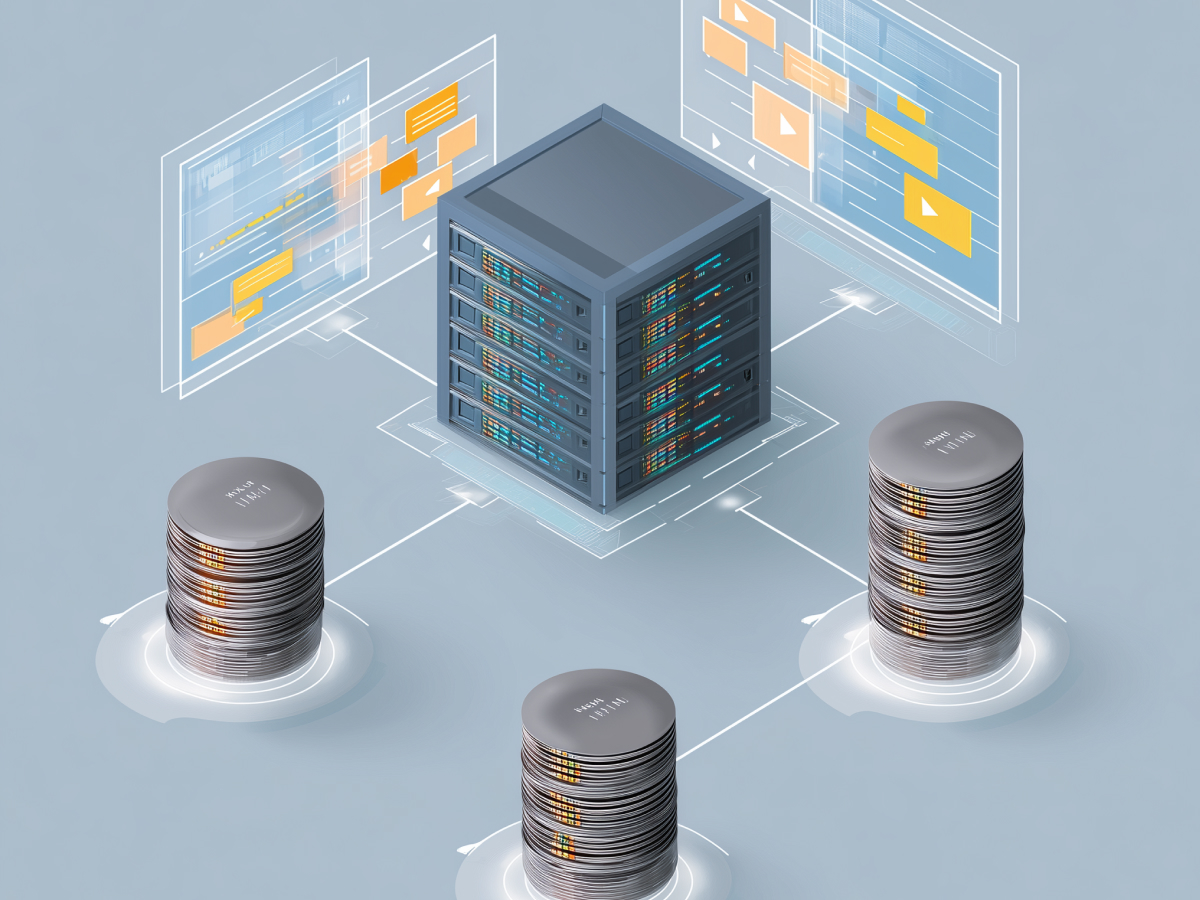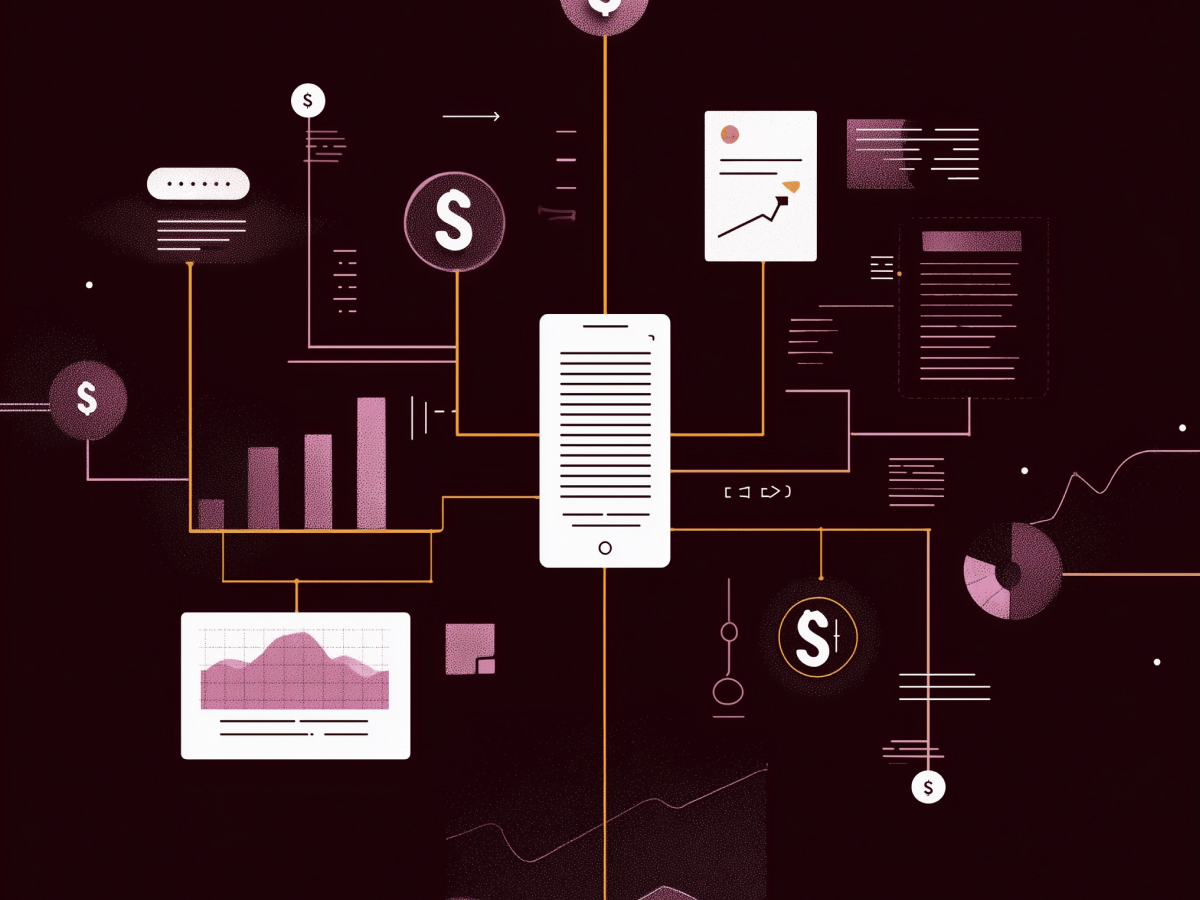Challenges of unsustainable costs in AI workloads
AI is driving incredible innovation, but scaling AI workloads on public cloud platforms is quickly becoming a financial headache for businesses. We’re talking about training advanced AI models that can cost tens of millions of dollars, and that’s before factoring in the ongoing expenses for fine-tuning, retraining, and inferencing. Once you move from playing around in the lab to deploying AI on a large scale, those bills start looking more like a liability than an investment.
Let’s not forget the global rise in energy costs either. AI systems consume massive amounts of power for training and cooling. When you’re running hundreds or thousands of GPUs 24/7, the economic advantages of cloud’s pay-as-you-go pricing vanish pretty quickly. The CFO starts asking tough questions.
The data paints a clear picture. According to IDC, corporate spending on AI compute and storage hardware shot up by 37% in the first half of 2024. The majority of that spending (65%) went toward AI-enabled systems in cloud environments. But the twist is that more businesses are pulling back from public cloud solutions, exploring cheaper, more efficient alternatives.
“Alastair Edwards, chief analyst at Canalys, summed it up perfectly. He pointed out that while the experimental and training phases of AI adoption may have seemed worth the cost, the financial burden at production scale outweighs the benefits. It’s a classic case of the economics not adding up.”
Rising popularity of colocation services and GPU-as-a-Service
Enterprises are getting smarter about their AI strategies. Instead of sinking their budgets into skyrocketing public cloud bills, they’re looking at colocation services, GPU-as-a-service providers, and hybrid models. These solutions hit the sweet spot for cost control and performance.
What’s driving this shift? Flexibility and efficiency. These providers build AI-specific infrastructure from scratch. Think high-density GPUs, energy-efficient setups, and liquid cooling systems that optimize for AI’s heavy demands. This is a whole new game plan designed for the next generation of AI.
Startups like CoreWeave and Foundry are leading the charge. They’re betting big on GPU capacity, offering pay-as-you-go pricing that rivals the hyperscalers. Even older players like Rackspace are getting in on the action, rolling out their own GPU-as-a-service offerings. These options give enterprises what they really want—better control and a clear path to cutting costs over the long haul.
Businesses are also warming up to ownership or shared-resource models. No longer is the focus on saving money, it’s now on having a sustainable approach to scaling AI workloads without burning through your capital.
Limitations of consumption-based pricing models for AI at scale
The public cloud’s consumption-based pricing model works great—until it doesn’t. Sure, it’s easy to spin up resources for a quick AI experiment, but scaling those systems for heavy, consistent workloads is where things fall apart.
AI at scale demands a huge amount of computing power, which leads to runaway costs. You can’t rely on the promise of elasticity when every hour of GPU usage drains your budget. The math stops working, and businesses start looking for alternatives.
Enter microclouds and hybrid infrastructures. These are both cheaper and smarter. They provide scalable, AI-focused solutions that are fine-tuned for intensive, ongoing operations. When you combine cost control with operational reliability, it’s no wonder these options are getting a lot of attention.
Public cloud vendors built their empires on flexibility, but long-term AI deployments require more than flexibility. They require financial predictability, and that’s where hyperscalers are falling short.
Risk of public cloud providers falling behind market trends
Public cloud providers are no strangers to innovation, but their inability to adapt to major market shifts is becoming a liability. They missed the boat on multicloud strategies, fumbled the FinOps movement, and now seem dangerously slow to address AI’s specific demands.
It’s ironic as these hyperscalers were the ones who fueled the AI boom in the first place. But their focus on short-term revenue from experimentation phases means they’re at risk of being outpaced by leaner, more agile players. Enterprises are getting tired of the unpredictable costs and lack of customization.
Businesses are shifting their priorities. They want cost-efficiency, control, and infrastructure that’s built to scale without breaking the bank. If public cloud vendors don’t rethink their strategies soon, they’ll find themselves on the sidelines. History is full of giants who failed to pivot when it mattered most. The question is whether today’s hyperscalers will learn, or become tomorrow’s cautionary tale?
Final thoughts
As AI reshapes industries at breakneck speed, the real question is this: are you building an infrastructure that will thrive in the long term, or are you clinging to models that can’t sustain the demands of tomorrow? The brands that succeed won’t just adapt—they’ll redefine the rules entirely. So, what are you doing today to stay ahead of the curve and ensure you’re not just keeping up, but leading? The future of your market might depend on it.




